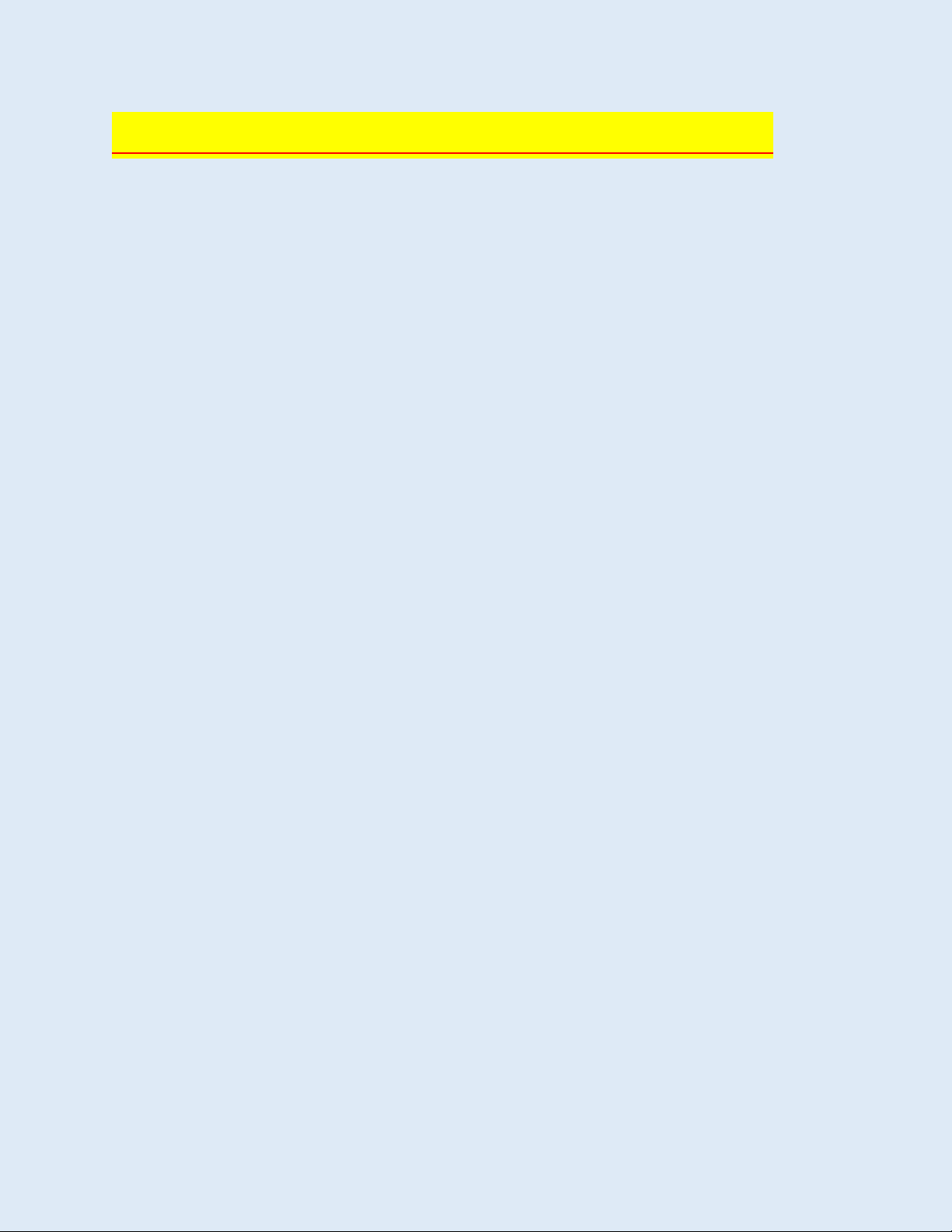

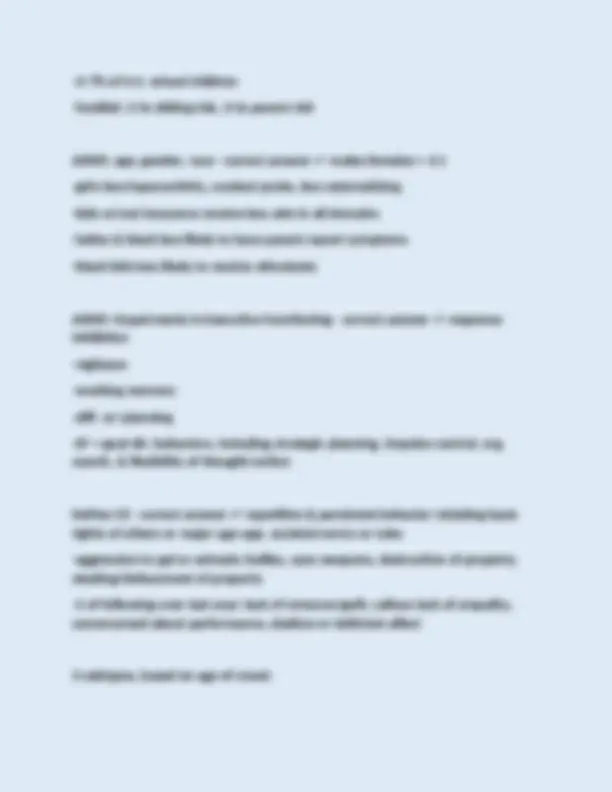
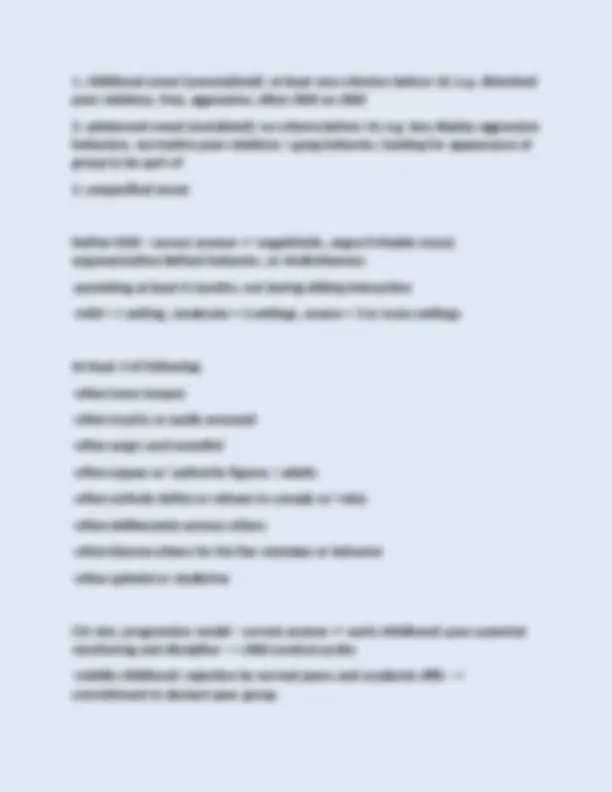
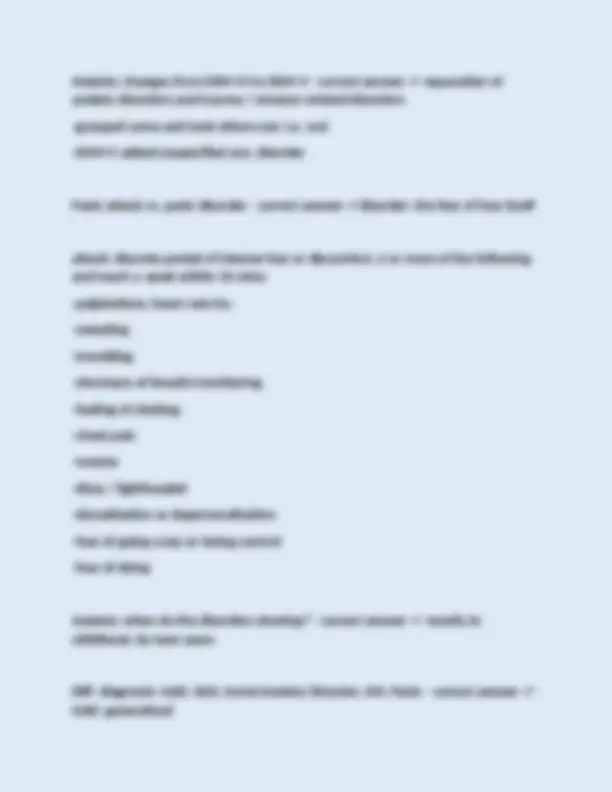
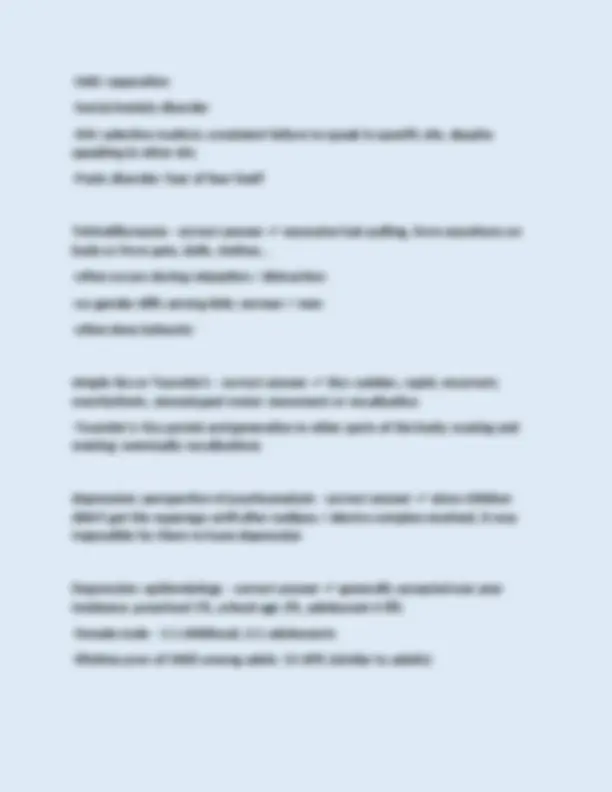
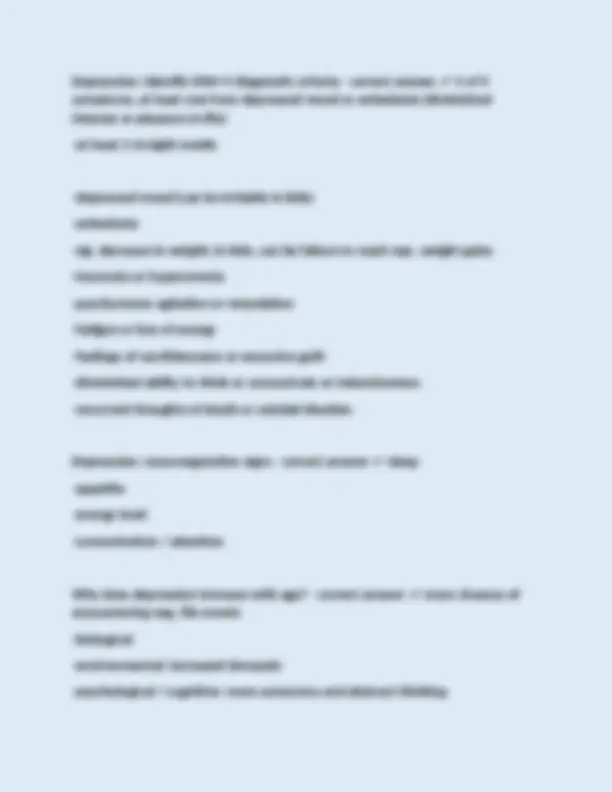
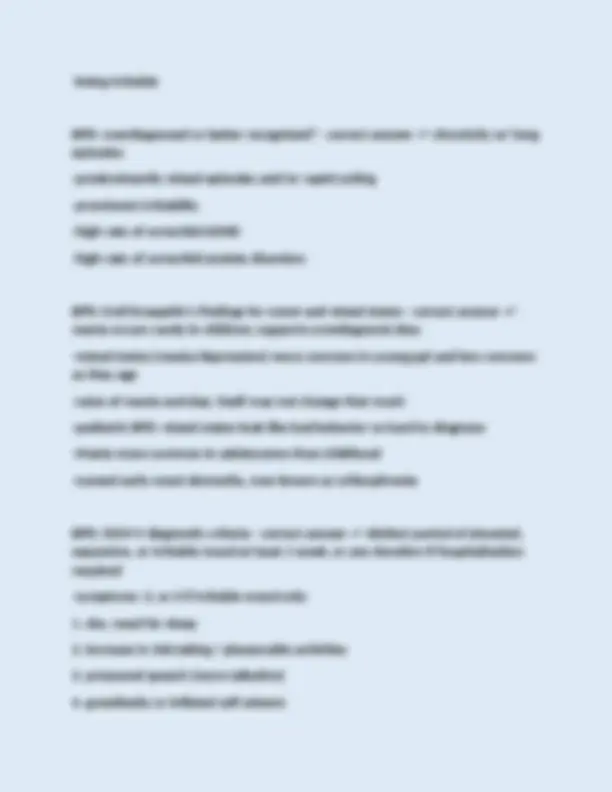
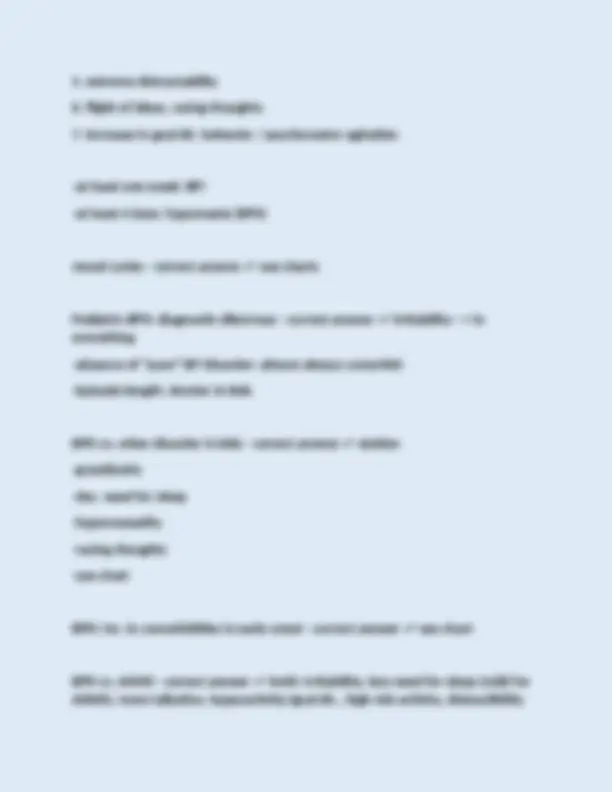
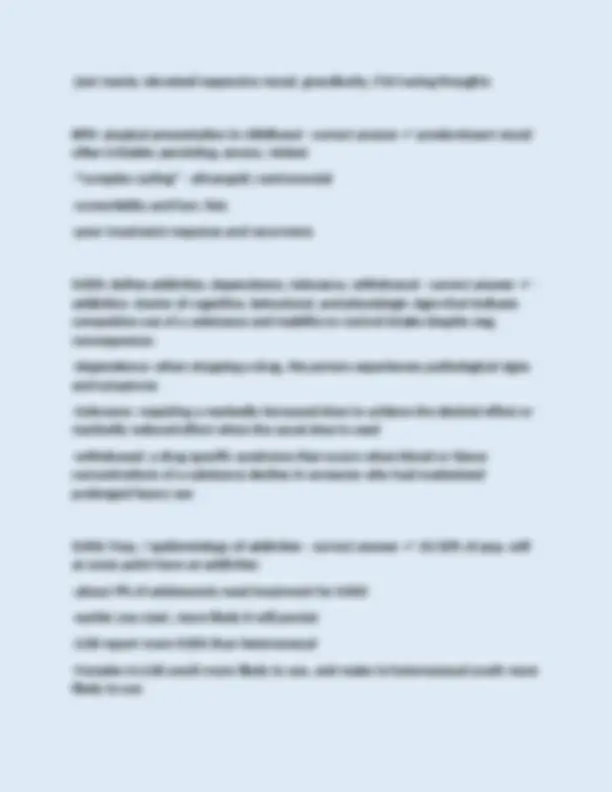
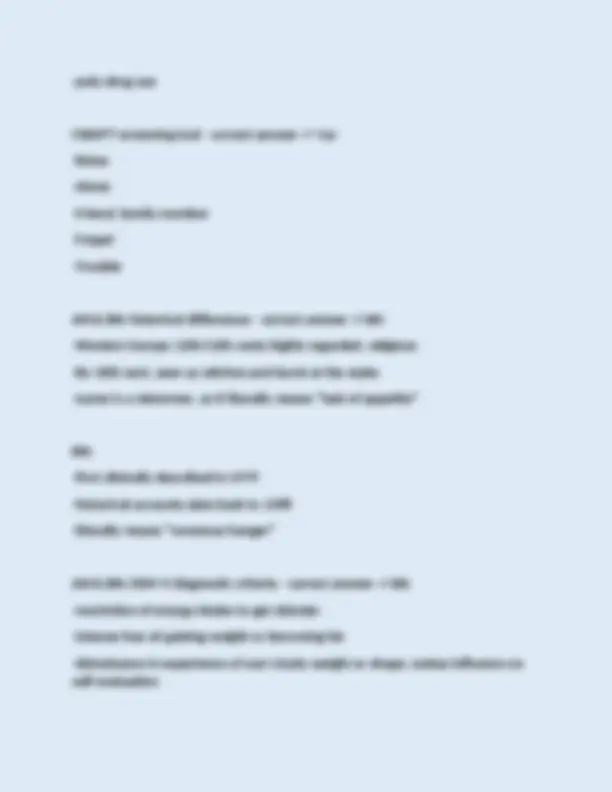
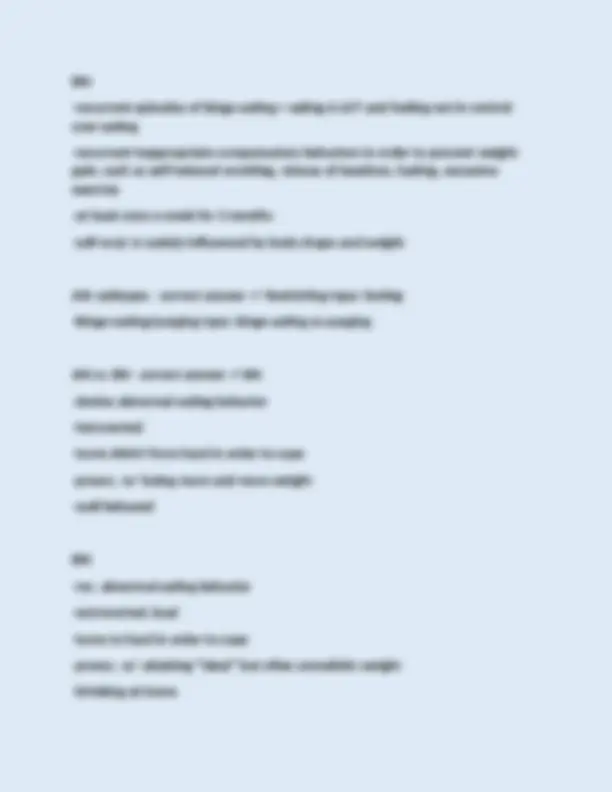
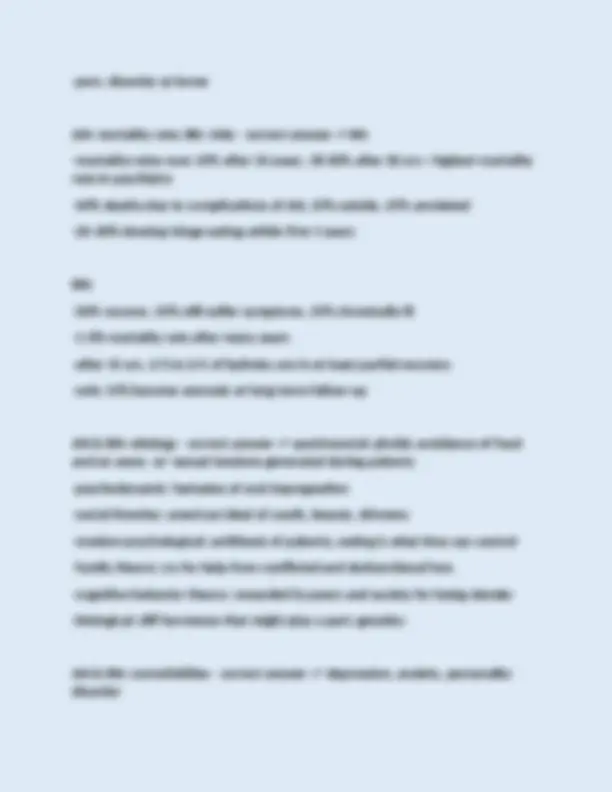
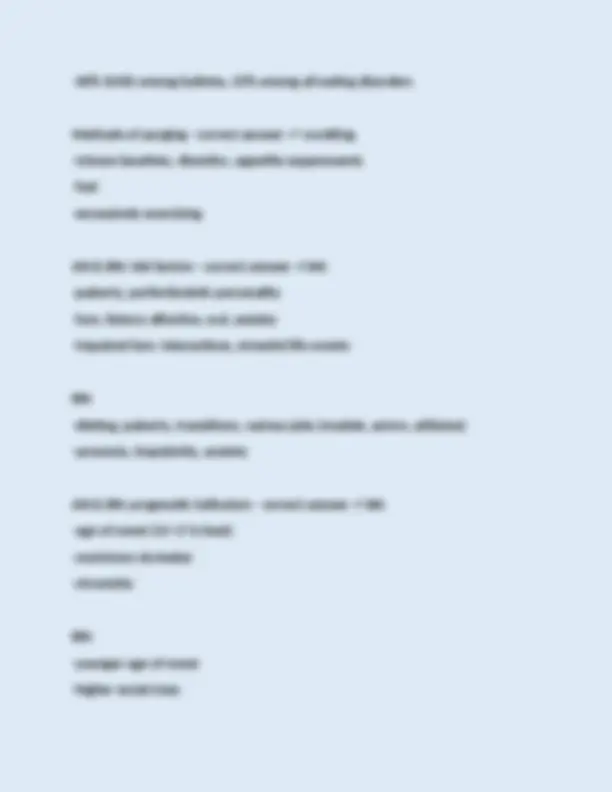

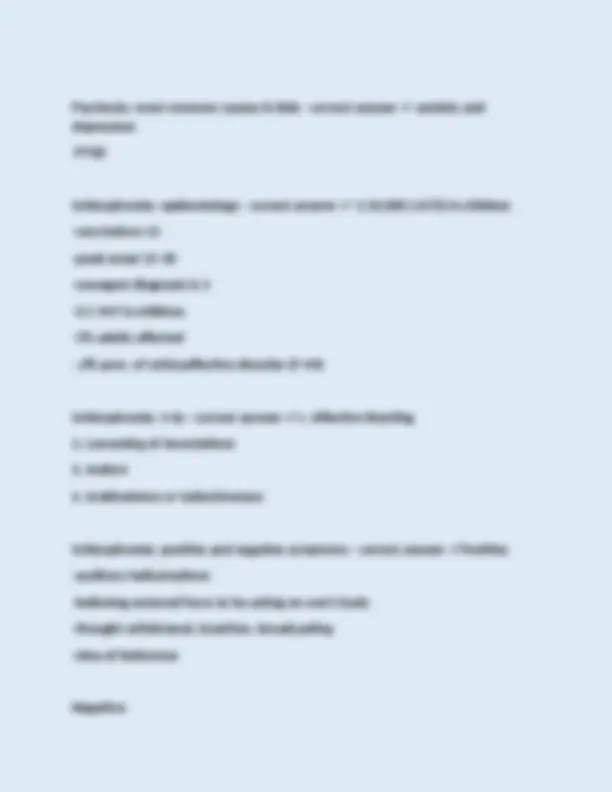
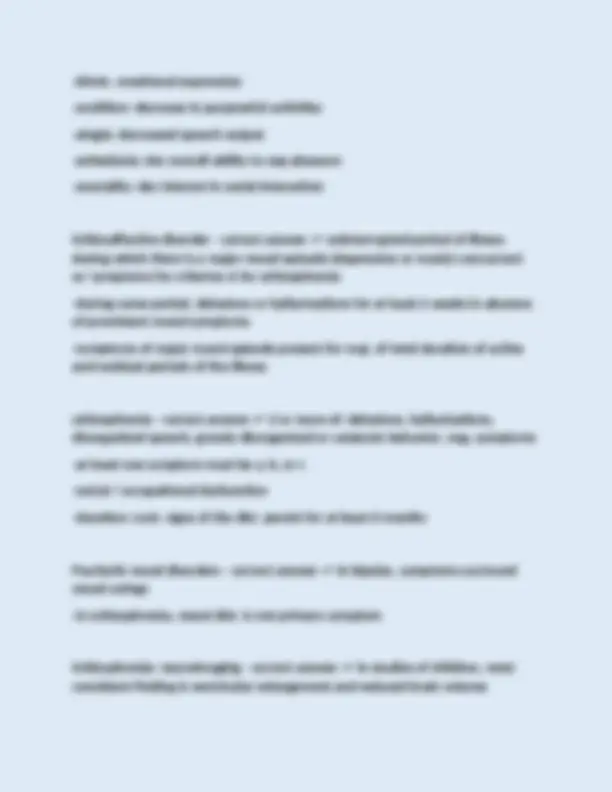
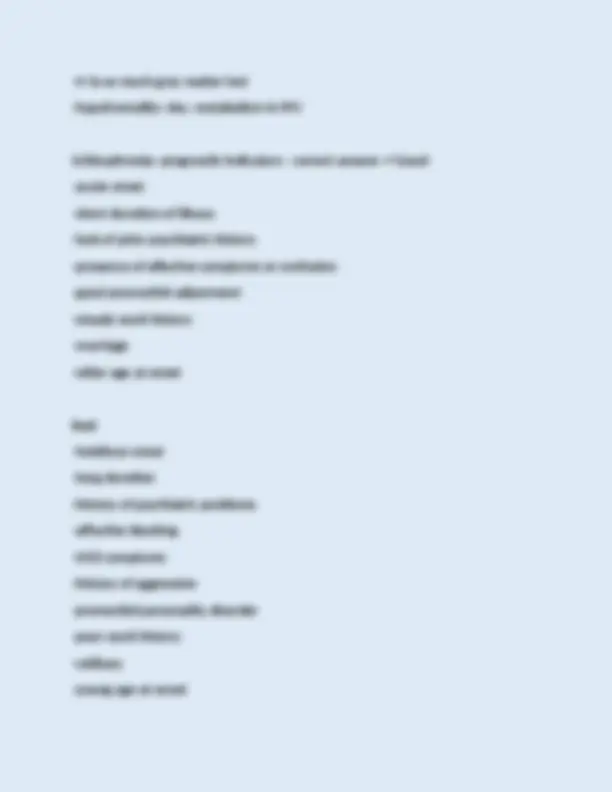
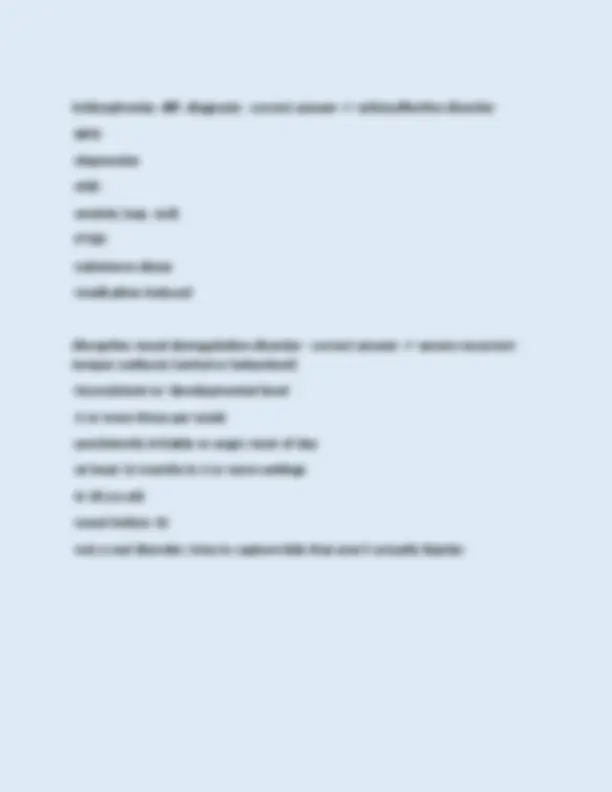


Study with the several resources on Docsity

Earn points by helping other students or get them with a premium plan


Prepare for your exams
Study with the several resources on Docsity

Earn points to download
Earn points by helping other students or get them with a premium plan
Community
Ask the community for help and clear up your study doubts
Discover the best universities in your country according to Docsity users
Free resources
Download our free guides on studying techniques, anxiety management strategies, and thesis advice from Docsity tutors
A comprehensive overview of adhd, covering its history, diagnostic criteria, functional criteria, natural history, prevalence, and impairments in executive functioning. It also delves into related disorders like conduct disorder (cd) and oppositional defiant disorder (odd), exploring their definitions, developmental progression, and risk and protective factors. Numerous questions and answers, making it a valuable resource for students studying adhd.
Typology: Exams
1 / 26

This page cannot be seen from the preview
Don't miss anything!



















⪛⪴⪴⪷⪱⪘⪞⪴⪸ εΘΙΙμλΜιΙππππ ιΤΜΜτλμτΧ ⪛⪴⪴⪷⪱⪘⪞⪴⪸εΘΙΙμλΜιΙππππ ιΤΜΜτλμτΧ ⪛⪴⪴⪷⪱⪘⪞⪴⪸ εΘΙΙμλΜιΙππππ ιΤΜΜτλμτΧ ⪛⪴⪴⪷⪱⪘⪞⪴⪸εΘΙΙμλΜιΙππππ ιΤΜΜτλμτΧ ⪛⪴⪴⪷⪱⪘⪞⪴⪸ εΘΙΙμλΜιΙππππ ιΤΜΜτλμτΧ ⪛⪴⪴⪷⪱⪘⪞⪴⪸εΘΙΙμλΜιΙππππ ιΤΜΜτλμτΧ